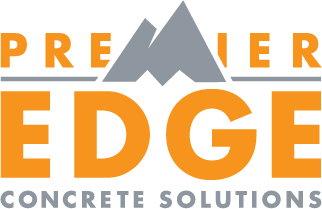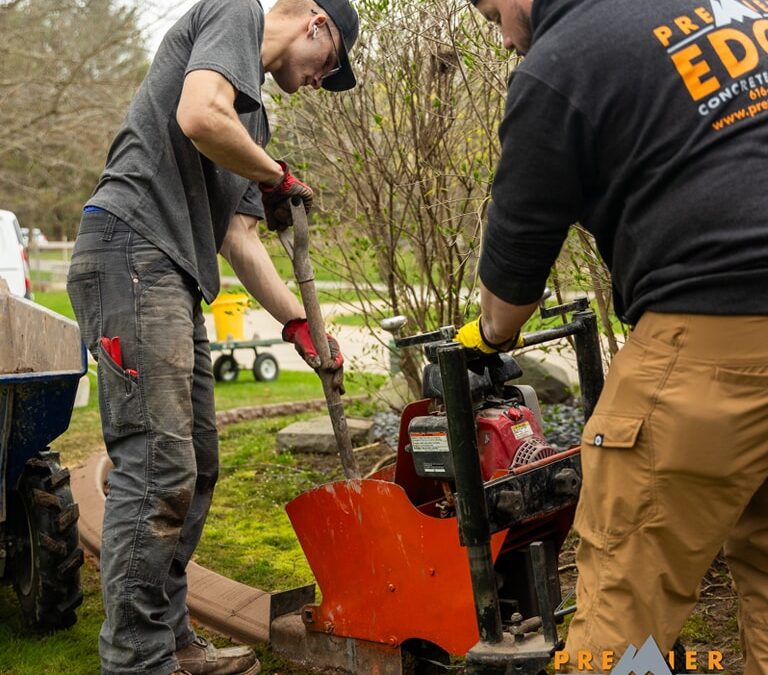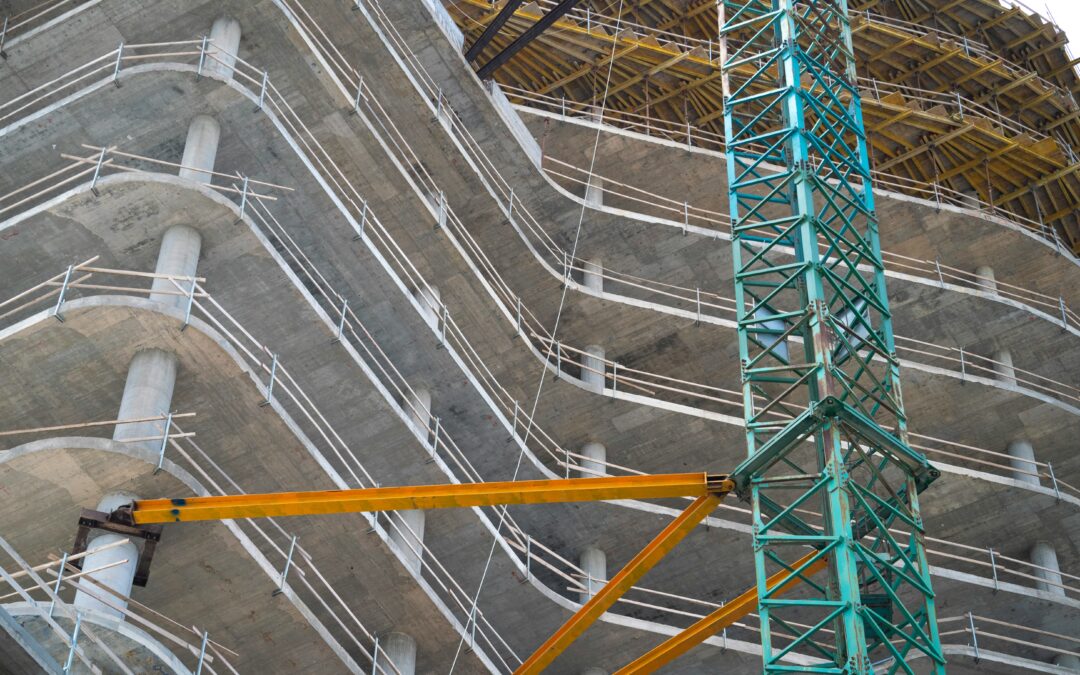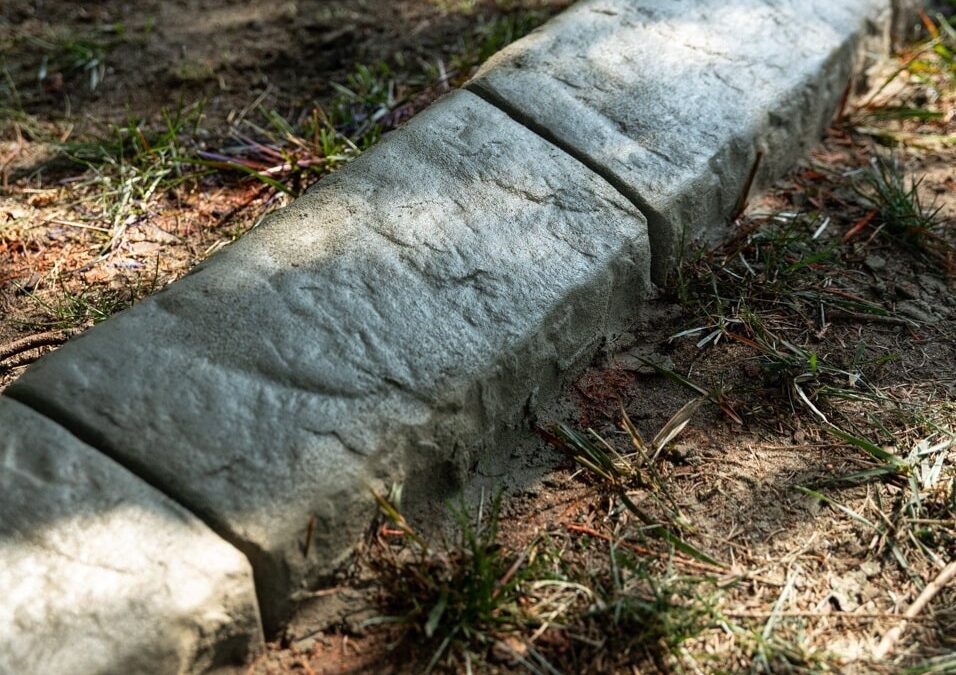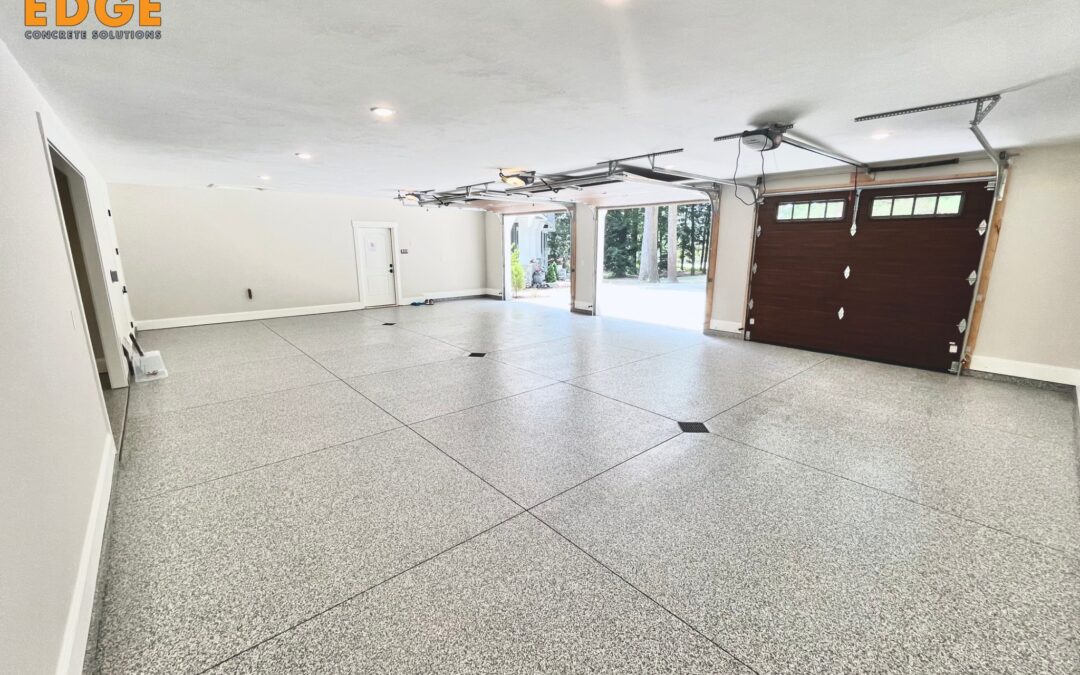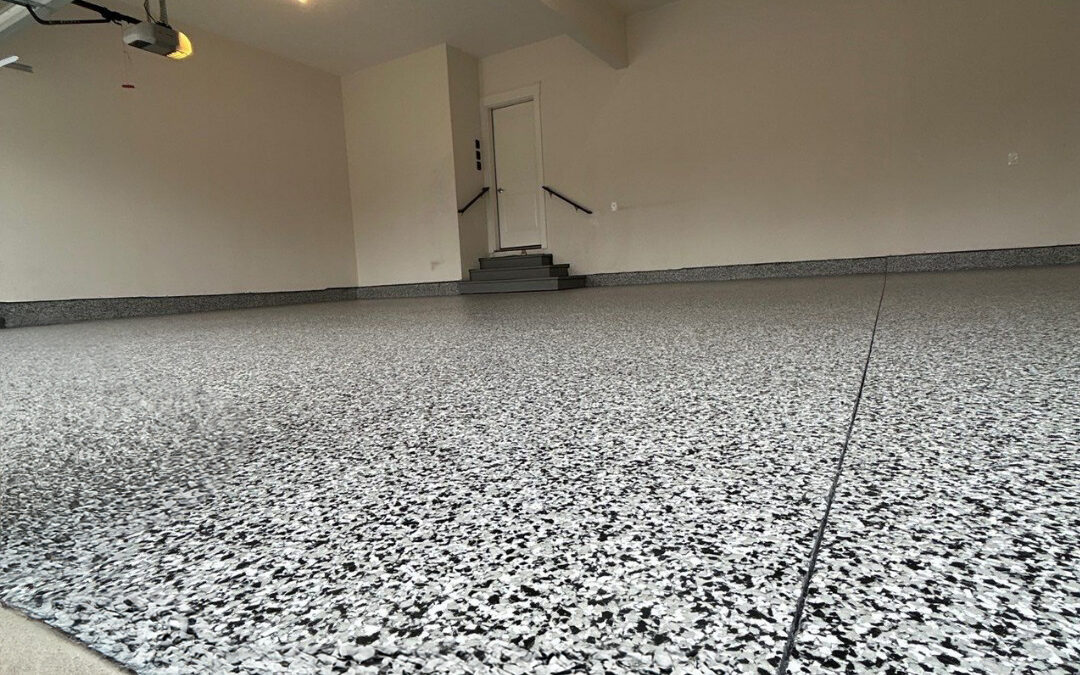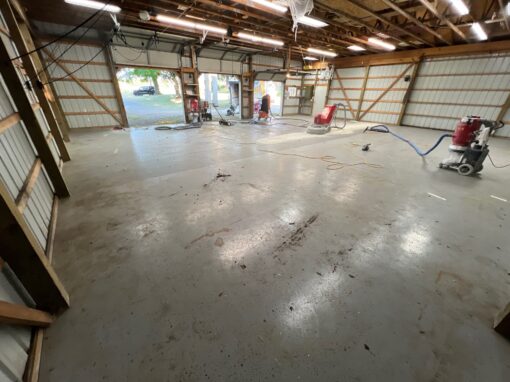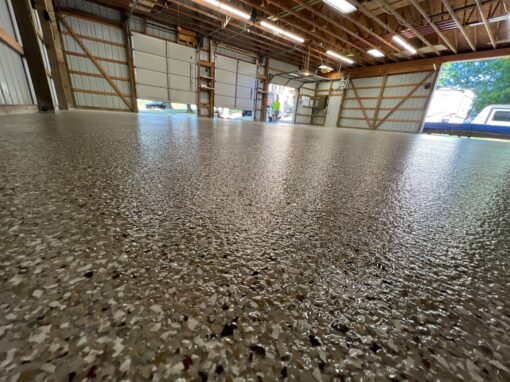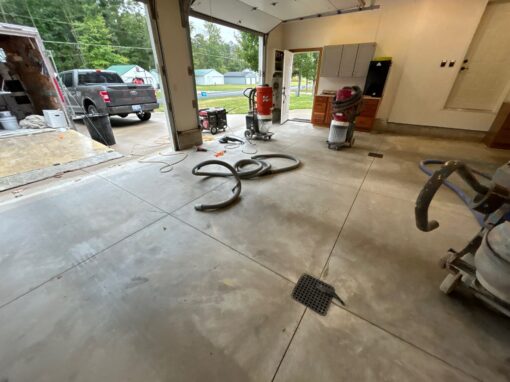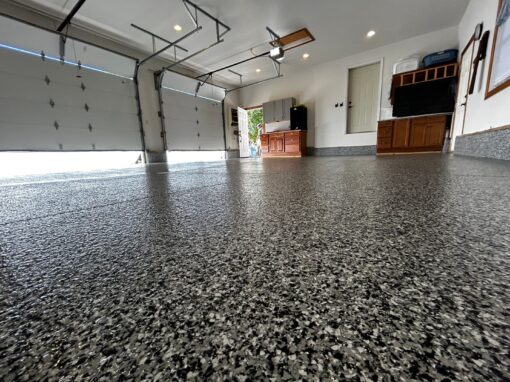Are you considering installing an epoxy floor in your home or business? Epoxy floors are popular due to their durability, low-maintenance upkeep, and attractive appearance. However, it’s important to understand the epoxy floor price of a project such as this before making your decision—which is why we’ve created this blog post! Here, you’ll learn all about the costs associated with an epoxy floor installation including labor expenses, materials costs, prep time for pre-existing surfaces, and more. Read on to get started and find out everything you need to know about the cost of installing a stunning epoxy floor!
What Is Epoxy Flooring and the Benefits of Installing it?
Epoxy flooring is a popular flooring choice in commercial, industrial, and residential settings. It is a type of flooring that is made from a mixture of resins and hardeners, creating a durable surface that can withstand heavy foot traffic and high impact. There are many benefits to installing epoxy flooring, including its durability and strength, resistance to chemicals and stains, easy maintenance, and its ability to improve overall safety. Epoxy flooring is a seamless surface that can be customized to fit any design aesthetic, making it a versatile option for a range of settings. Investing in epoxy flooring can be a cost-effective choice in the long run, as it requires less maintenance and replacement than other flooring options. Overall, installing epoxy flooring can provide a high-quality and reliable surface that enhances the overall look and functionality of any space.
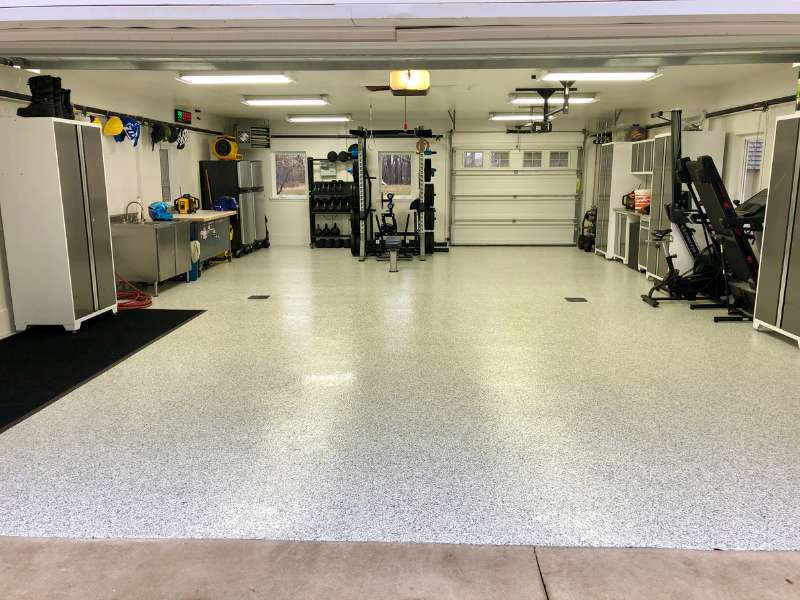
Best Epoxy Floor with in Budget
Cost Requirements and Factors to Consider Before Installing an Epoxy Floor
The cost of installing an epoxy floor can vary depending on a few different factors. The first factor is the size of the area that needs to be covered; larger spaces will naturally require more materials and labor, leading to higher costs. Additionally, the condition of your current flooring may also impact the cost—preparing a damaged or uneven surface for epoxy installation may involve extra time and labor. The type of epoxy you choose, whether it be solvent-based or water-based, can also influence the overall cost. Material costs, labor expenses, and other factors like equipment rental fees should all be accounted for when calculating the total cost of an epoxy floor installation project.
- Labor Costs: The labor costs associated with installing an epoxy floor can vary depending on your location and the complexity of the project. Generally, labor costs range from $3 to $12 per square foot, with an average cost of around $6 per square foot. This includes prep work such as cleaning and repairing the current floor, mixing and applying the epoxy, and adding any desired decorative elements. It’s important to note that labor costs can also vary depending on whether you hire a professional contractor or choose to DIY the project. While DIY may seem like a more cost-effective option, it’s important to consider the skill level and time commitment required for this type of project.
- Materials Costs: The materials used for an epoxy floor installation can also impact the overall cost. The two main components of an epoxy floor are resins and hardeners, which can vary in price depending on the brand, quality, and type. Solvent-based epoxies tend to be more expensive than water-based epoxies due to their higher durability and resistance. Other materials such as primer, sealant, and topcoat should also be factored into the total cost. It’s important to do thorough research on different brands and price points before making a decision on which materials to use.
Other Factors that can Affect the Cost of Epoxy Floor
In addition to labor and materials costs, there are a few other factors that can impact the total cost of installing an epoxy floor. These include:
- Floor Preparation: As mentioned before, if your current flooring is damaged or uneven, additional preparation work may be necessary, leading to higher labor costs.
- Decorative Elements: If you choose to add decorative elements such as flakes or metallic pigments to your epoxy floor, this may add extra costs to the project.
- Additional Surface Coatings: In some cases, you may need additional surface coatings such as sealants or topcoats to achieve the desired level of protection and appearance for your epoxy floor. This can add to the overall cost of the project.
- Floor Condition: The condition of your current floor can also play a role in the cost of installation. If your floor requires extensive repairs or leveling, this may add to the labor costs.
- Timeframe: The timeframe for completing an epoxy floor installation project can also impact the overall cost. Choosing a faster timeline may result in higher labor costs, while extending the project timeline may save some expenses.
The cost of installing an epoxy floor can vary depending on a number of factors including labor, materials, and other related expenses. It’s important to carefully consider these costs and factors before making a decision on whether epoxy flooring is the right choice for your space.
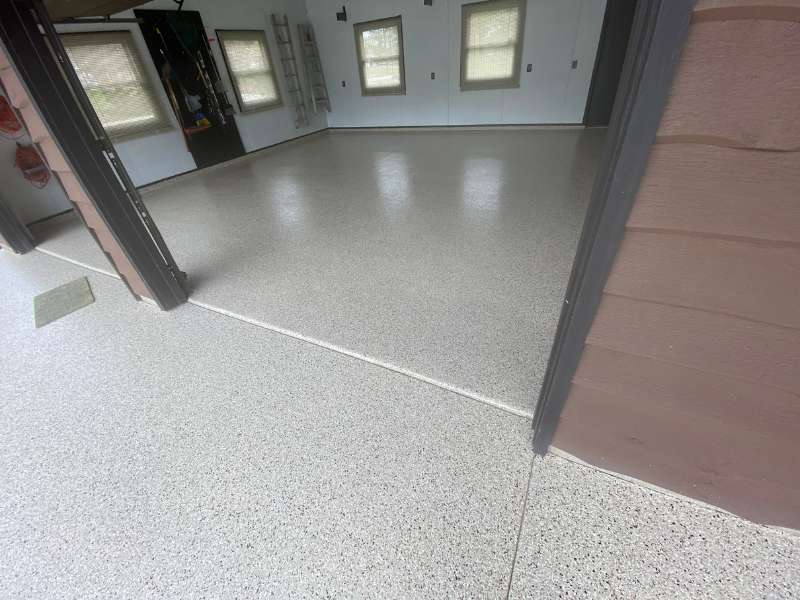
Affordable Epoxy Floor
Preparing Your Home for the Installation Process
When it comes to home renovation projects, it’s important to not overlook the preparation needed for the installation process. Proper preparation can make all the difference in the final outcome of the project. As a professional, it’s important to approach the preparation process with a meticulous mindset, ensuring that all necessary measures are taken to guarantee the safety of your home and those involved in the installation process. From clearing the space to ensuring proper electrical systems are in place, taking the extra time to prepare can help streamline the installation process and lead to a successful outcome. So, before you begin any installation project in your home, take the time to properly prepare and set yourself up for success.
The Steps Involved in Installing an Epoxy Floor
When it comes to installing an epoxy floor, it requires following a specific set of steps to ensure a successful outcome. The first step is to prepare the surface by cleaning it thoroughly and removing any existing coating or paint. This allows the epoxy to properly adhere to the surface. The next step is to apply a primer to the surface to promote adhesion. After the primer has dried, it’s time to mix and apply the epoxy coating, typically in multiple layers. To achieve a smooth and level surface, filling any cracks or divots with a filler is necessary before applying the final topcoat. Once all layers have been applied and cured, a protective coat can be added to ensure the longevity of the epoxy floor. It’s crucial to follow each step carefully and accurately to achieve an optimal, long-lasting finish.
Tips for Maintaining an Epoxy Floor
Maintaining an epoxy floor may seem like an arduous task, but with the right tips and techniques, you can keep your floor looking pristine for years to come. One of the most important things to do is to sweep and mop the floors regularly, as dirt and dust can scratch and dull the surface. It’s also important to avoid using harsh chemicals or abrasive cleaning tools, as these can damage the epoxy coating. Properly maintaining the floor’s temperature and moisture levels is also crucial, as fluctuations can cause the epoxy to crack or peel. By following these simple guidelines and investing a little bit of time and effort, you can enjoy a long-lasting and beautiful epoxy floor that adds value and style to your space.
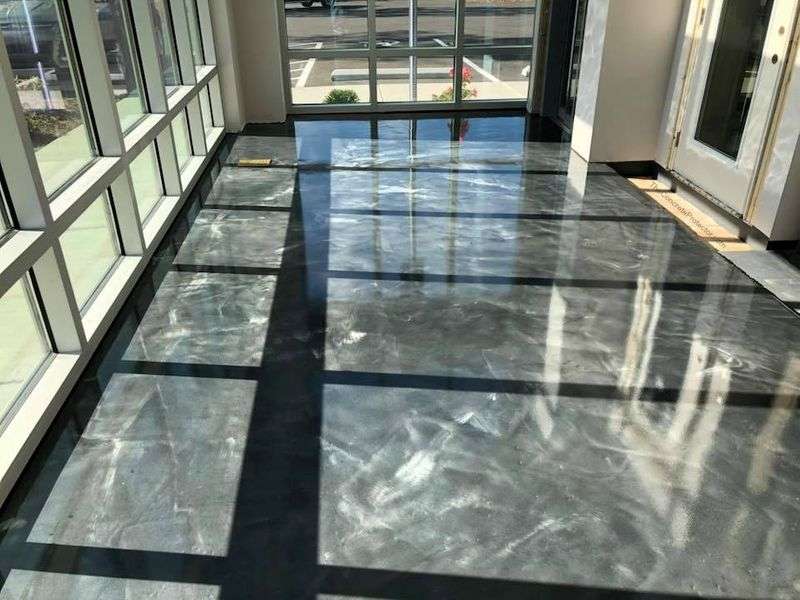
Epoxy Floor Maintenance
Additional Considerations When Planning an Epoxy Floor Installment
When it comes to planning an epoxy floor installment for your business or home, there are a number of important considerations that must be taken into account besides the obvious basic requirements. For starters, you’ll need to review the temperature conditions of the area where the flooring will be installed, as certain ambient temperatures can negatively impact the adhesive power of the epoxy. Similarly, it is important to make sure the surface to be covered is clean, dry, and free from anything that could interfere with the bonding process, such as moisture, debris, or oil. Additionally, you may want to think about choosing a particular type of epoxy depending on the functional purpose of the floor, as not all formulas are created equal. For example, an epoxy coating used in a garage space may require different properties than one used in a kitchen. Overall, taking these additional considerations into account beforehand can help ensure optimal results for your epoxy floor installment.
Installing an epoxy floor coating requires careful planning and preparation, but it can certainly be worth the effort. Consider all the factors before making a decision so that you make sure to pick the best option for your home. With proper care, maintenance, and occasional repair, epoxy floors have a long lifespan of up to 20 years or more. If you’re looking to update the look of your home with low-maintenance flooring that is sure to last, epoxy flooring may just be what you’ve been searching for. Why wait? Contact your nearest installer today and get started on bringing your dream space into reality!
https://www.google.com/maps?cid=1810621540998150883.

I’m Nathan Endres, owner of Premier Edge Concrete Solutions. I ensure every project showcases quality and excellence. Specializing in landscape curbing and floor coatings, my team and I serve Grand Rapids, MI, with a focus on providing reliable and affordable craftsmanship.
